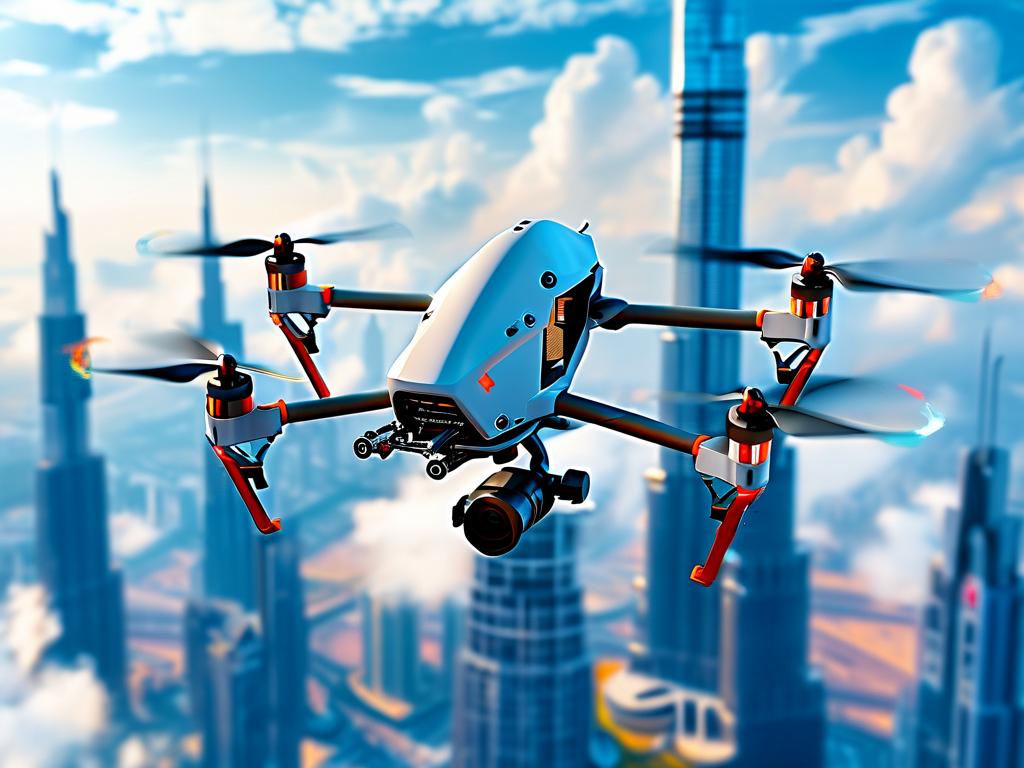The terms "embedded systems" and "embedded development" are often used interchangeably in the tech industry, but they represent distinct concepts with unique roles in the world of computing and electronics. For beginners and even seasoned professionals, understanding the differences between these two domains is critical to making informed career choices, selecting appropriate tools, or aligning projects with organizational goals. This article explores the nuances of embedded systems and embedded development, compares their applications, and addresses the perennial question: Which is better—embedded systems or embedded development?
What Are Embedded Systems?
An embedded system is a specialized computing system designed to perform dedicated functions within a larger mechanical or electrical framework. Unlike general-purpose computers, embedded systems are optimized for efficiency, reliability, and real-time performance. Examples include microcontrollers in household appliances (e.g., washing machines), automotive control units, medical devices, and industrial automation systems.
Key characteristics of embedded systems include:
- Task-Specific Design: They are built for a single purpose, such as controlling temperature in a thermostat.
- Resource Constraints: Limited processing power, memory, and energy consumption requirements.
- Real-Time Operation: Many embedded systems must respond to inputs within strict time limits (e.g., anti-lock braking systems).
- Low Cost and Compact Size: Designed to be integrated seamlessly into hardware.
What Is Embedded Development?
Embedded development refers to the process of designing, programming, testing, and maintaining software and hardware for embedded systems. It encompasses a wide range of activities, from writing firmware for microcontrollers to optimizing algorithms for power efficiency. Developers in this field work with tools like C/C++, Python (for scripting), RTOS (Real-Time Operating Systems), and hardware debugging interfaces.

Key aspects of embedded development include:

- Cross-Disciplinary Expertise: Combines software engineering, electrical engineering, and domain-specific knowledge (e.g., automotive or healthcare).
- Hardware-Software Co-Design: Developers must understand both circuitry and code to ensure seamless integration.
- Testing and Validation: Rigorous testing is required to meet safety and reliability standards, especially in critical applications like aerospace.
Comparing Embedded Systems and Embedded Development
To evaluate which is "better," we must first clarify the context: Are we comparing career paths, technological importance, or project outcomes?
1. Technological Importance
Embedded systems form the backbone of modern technology. Without them, everyday devices like smartphones, smartwatches, and IoT sensors would not function. However, embedded development is the engine that drives innovation in these systems. For instance, advancements in machine learning on edge devices (e.g., AI-powered cameras) rely on developers optimizing algorithms for low-power chips.
Verdict: Both are equally vital. Embedded systems provide the platform, while development unlocks their potential.
2. Career Opportunities
Professionals working with embedded systems often focus on hardware design, system integration, or maintenance. Roles include embedded hardware engineers, system architects, and QA specialists. Embedded developers, on the other hand, specialize in coding, debugging, and firmware optimization.
- Demand: Both fields are in high demand, but embedded development roles are more numerous due to the exponential growth of IoT and smart devices.
- Skill Requirements: Embedded systems roles may require deeper knowledge of electronics, while development leans toward software proficiency.
Verdict: Embedded development offers broader opportunities for software-oriented professionals, while embedded systems suit hardware enthusiasts.
3. Project Complexity
Developing an embedded system from scratch involves multidisciplinary collaboration. For example, creating a drone requires hardware engineers to design the motor controllers and developers to write stabilization algorithms. Conversely, maintaining an existing embedded system (e.g., updating firmware for a medical device) focuses on incremental improvements.
Verdict: Embedded development often involves higher complexity due to the need for continuous innovation and adaptation.
Which Should You Choose?
The answer depends on your interests, skills, and career goals:
-
Choose Embedded Systems If:
- You enjoy working with hardware, circuit design, and system optimization.
- You prefer roles in manufacturing, automotive, or industrial automation.
- You want to ensure devices meet safety and regulatory standards.
-
Choose Embedded Development If:
- You are passionate about coding, algorithm design, and solving software challenges.
- You aim to work on cutting-edge applications like AI at the edge, robotics, or IoT.
- You thrive in dynamic environments requiring rapid prototyping and iteration.
The debate between embedded systems and embedded development is not about superiority but synergy. Embedded systems provide the foundation, while embedded development breathes life into them. For industries, investing in both domains is essential to stay competitive. For individuals, aligning your choice with your strengths and aspirations will yield the greatest satisfaction and success. Whether you design the next generation of microcontrollers or write code for autonomous vehicles, both paths offer rewarding opportunities in an increasingly connected world.









